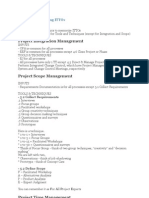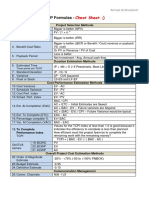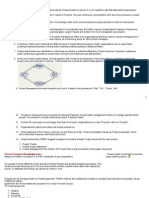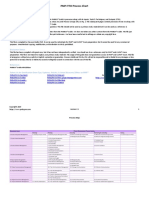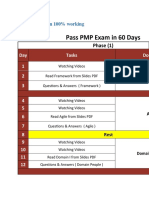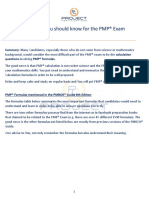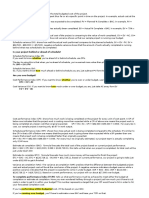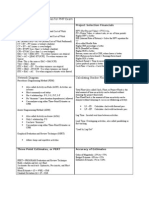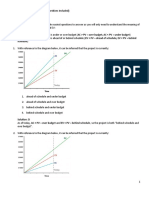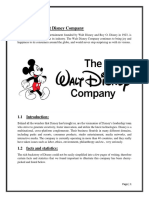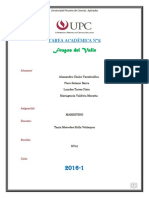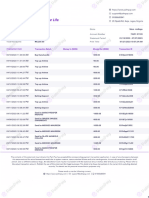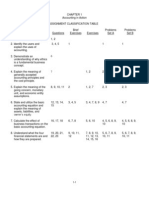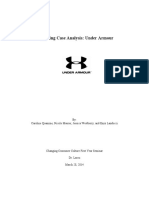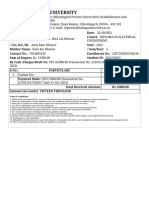0% found this document useful (0 votes)
210 views5 pagesPMP Formulas: 1. Number of Communication Channels
This document defines 15 formulas used to calculate key project management metrics such as communication channels, planned value, earned value, schedule variance, cost variance, estimate at completion, and float. It provides the formulas, interpretations of the results, and examples of how to apply the formulas to calculate project schedule and cost performance.
Uploaded by
ramaiahCopyright
© © All Rights Reserved
We take content rights seriously. If you suspect this is your content, claim it here.
Available Formats
Download as DOCX, PDF, TXT or read online on Scribd
0% found this document useful (0 votes)
210 views5 pagesPMP Formulas: 1. Number of Communication Channels
This document defines 15 formulas used to calculate key project management metrics such as communication channels, planned value, earned value, schedule variance, cost variance, estimate at completion, and float. It provides the formulas, interpretations of the results, and examples of how to apply the formulas to calculate project schedule and cost performance.
Uploaded by
ramaiahCopyright
© © All Rights Reserved
We take content rights seriously. If you suspect this is your content, claim it here.
Available Formats
Download as DOCX, PDF, TXT or read online on Scribd
/ 5







